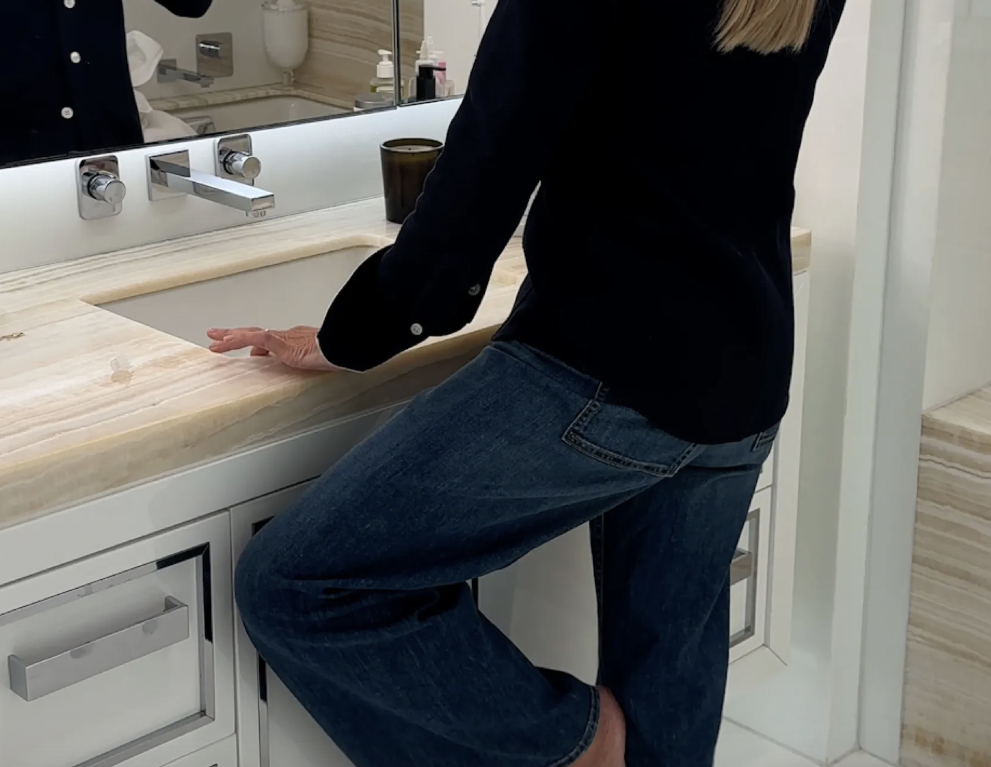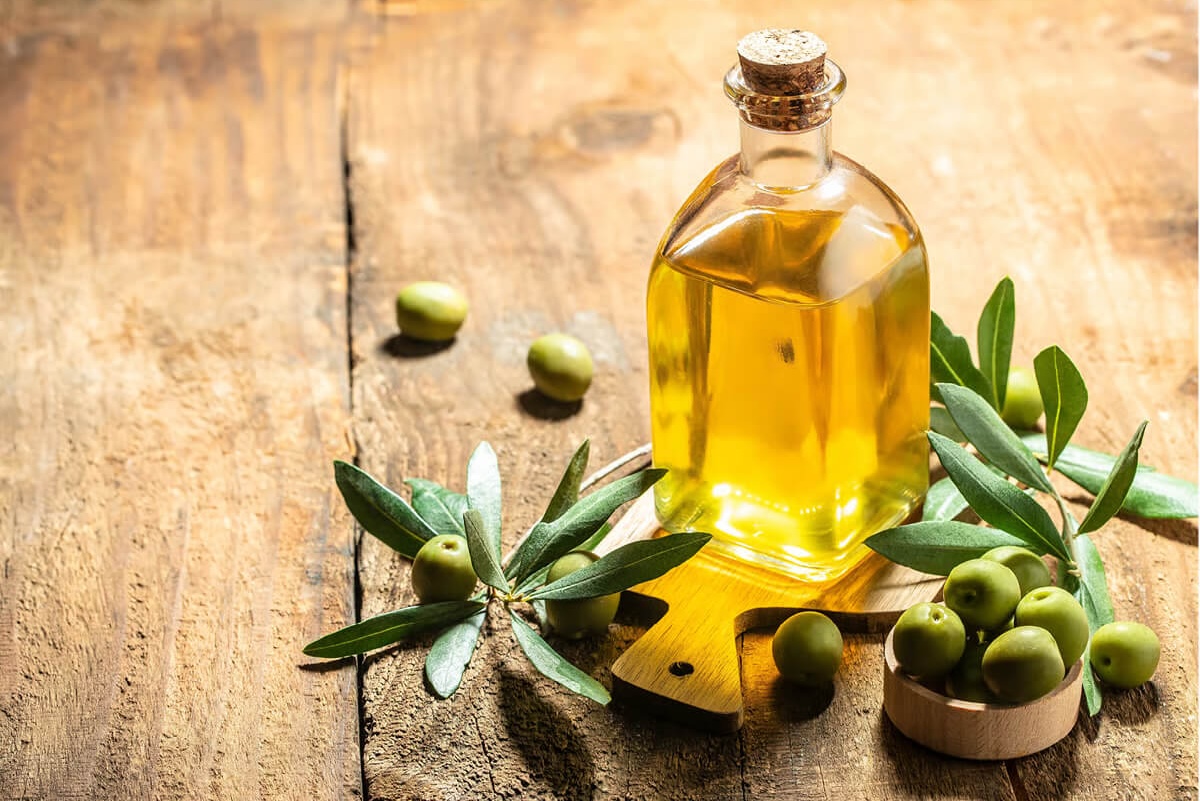Under Eye Puffiness: What Causes It and What Can You Do About It?
Noticing puffier under-eyes as you get older? It’s not just aging—you may be able to reduce the swelling with a few smart tweaks (no surgery required).

If you’ve noticed puffier skin under your eyes as you’ve gotten older, you’re not alone (and you’re not imagining it!). But instead of resigning ourselves to “This is just aging,” let’s explore what’s causing those puffy eyes, and more importantly, what we can do about it.
What Causes Under-Eye Puffiness?
As we move through menopause, falling estrogen levels trigger two key shifts:

We can’t forget there’s also a genetic component. Some women are simply more predisposed to develop under-eye bags regardless of lifestyle.
Speaking of lifestyle? Some factors can worsen the puffy-eye look, namely seasonal allergies, poor sleep, smoking, alcohol consumption, and high-sodium diets.
What You Can Do About It:
The good news is you’re not stuck with puffy under-eyes. Here are a few things you can do:
Lifestyle Adjustments:
This is your first line of defense. Cut back on that extra glass of wine and those salty snacks (both notorious fluid-retention culprits) and replace them with plenty of water, as hydration helps flush excess fluid.
Then, add an extra pillow at night to elevate your head to reduce overnight fluid pooling (gravity, baby). Also, consistent, high-quality sleep is non-negotiable!
Cold Compresses:
Whether it’s cucumber slices, eye masks from the fridge, or a facial ice bath, cooling the under-eye area for even just five minutes in the morning can visibly reduce puffiness.
Medical Aesthetics:
When home remedies aren’t cutting it, in-office options like laser resurfacing, radiofrequency treatments, or lower eyelid blepharoplasty (a surgical correction) can reposition or remove fat pads and tighten skin.
Topical Skincare:
Look for products with caffeine (which temporarily constricts blood vessels), hyaluronic acid (for hydration), and retinoids (which can help stimulate collagen).


